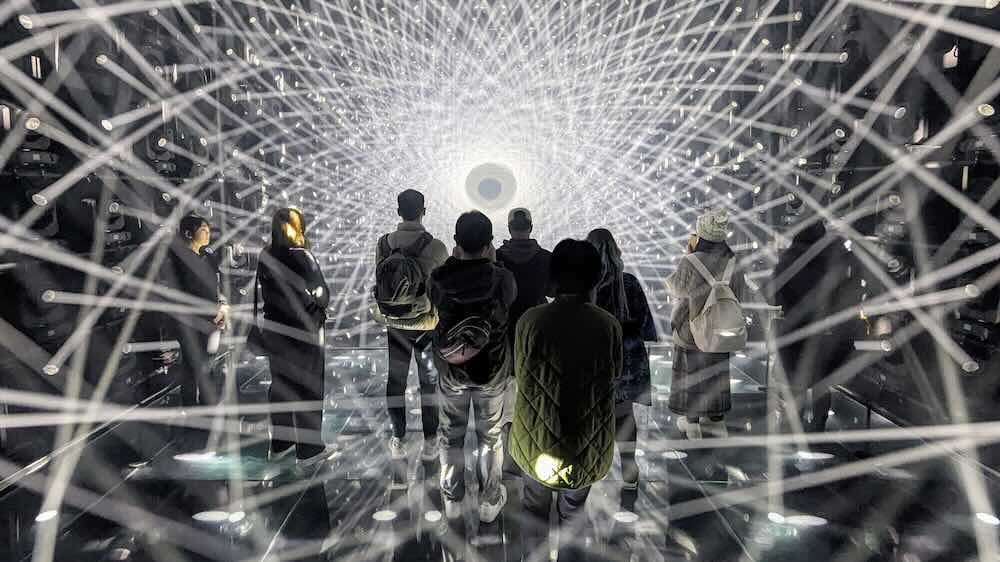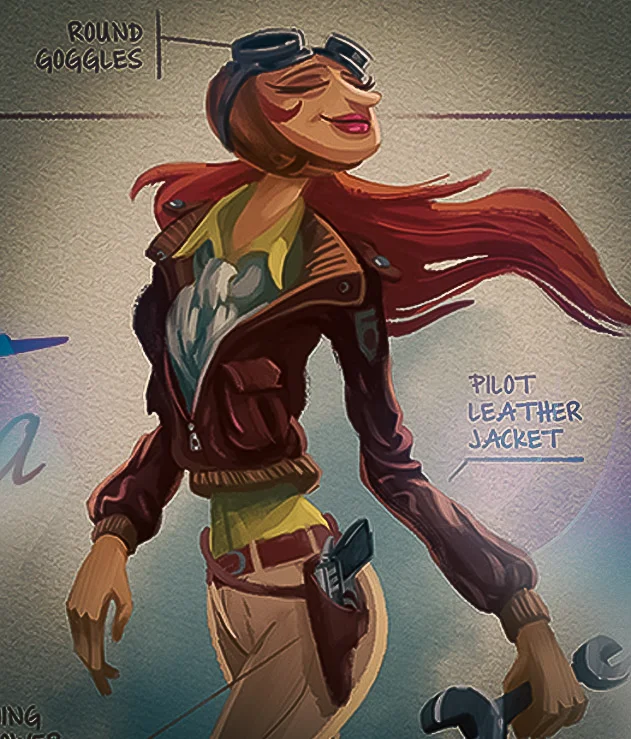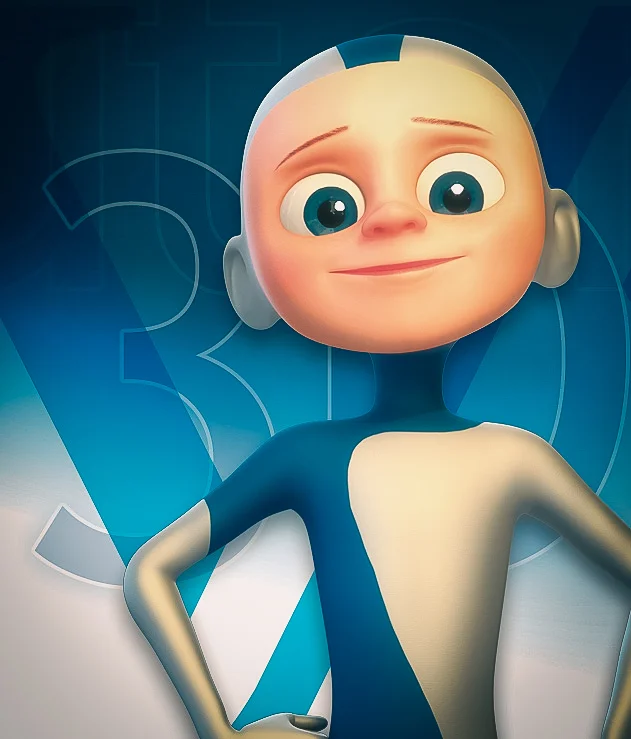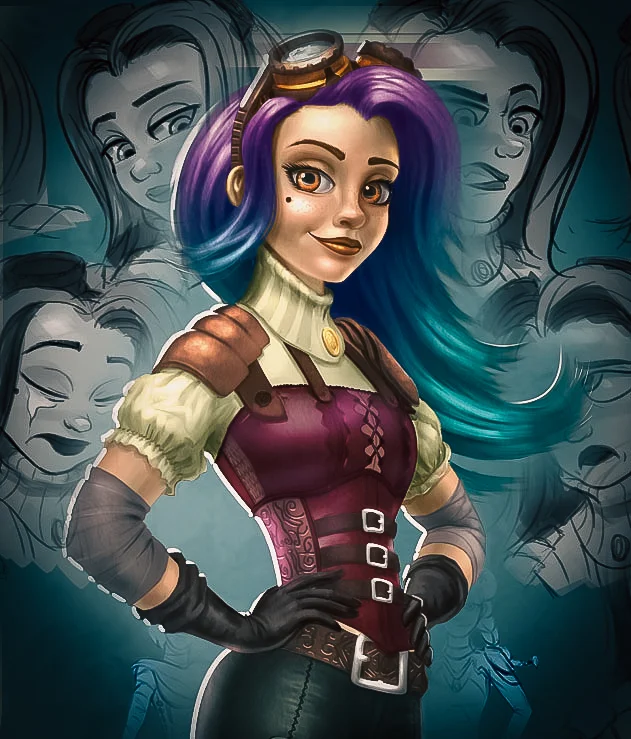 Image: TeamLab Borderless (Wikipedia)
Image: TeamLab Borderless (Wikipedia)
Author: VANAS
Teamlab Borderless, Where Animation Becomes Reality
VANAS Online Animation School offers Animation, Visual Effects, and Video Game programs. To launch your career, visit https://www.vanas.ca.
Table of Contents
- What is Teamlab Borderless?
- How Teamlab Borderless Uses Animation and Technology
- The Magic Behind Interactive Digital Art
- How Teamlab Borderless Connects to Video Games
- Visual Effects and Teamlab Borderless
- Why This Matters for Aspiring Animators
- How to Get Involved in Digital Art and Animation
- Frequently Asked Questions
What is Teamlab Borderless?
Teamlab Borderless is an immersive digital art museum in Japan that blends art, technology, and human interaction. Unlike traditional museums, where artwork is confined to frames, Teamlab Borderless surrounds you with dynamic visuals that move and evolve based on your presence. The entire experience is powered by Animation, lighting, projection mapping, and artificial intelligence.
One of the most famous exhibits, "Forest of Resonating Lamps," creates a mesmerizing landscape where lanterns light up in response to people's movements. Another, "Crystal World," uses thousands of LED lights to create an infinite digital environment.
This isn’t just art—it’s Animation come to life. And if you're passionate about Animation, Visual Effects, or Video Games, Teamlab Borderless offers a glimpse into how these fields merge into something completely new.
How Teamlab Borderless Uses Animation and Technology
At its core, Teamlab Borderless is built on Animation. But instead of appearing on a screen, the Animation extends to an entire room, transforming walls and floors into digital paintings that react to visitors.
The technology behind it includes:
- Projection Mapping – High-resolution projectors turn blank walls into moving landscapes.
- AI and Machine Learning – Some exhibits "learn" from visitors' actions, creating a unique experience every time.
- Interactive Sensors – Motion tracking allows the art to shift based on where people move.
- Real-Time Rendering – Just like in a video game, images are generated live, meaning no two visits are the same.
These techniques are also used in Animation, video games, and blockbuster movies. If you’ve ever been amazed by digital environments in films like Avatar or interactive game worlds in The Legend of Zelda: Breath of the Wild, you’ve seen similar technology in action.
The Magic Behind Interactive Digital Art
Unlike a typical animated film where the story unfolds linearly, Teamlab Borderless lets visitors influence what happens. It’s not just passive watching—it’s active Animation.
Some exhibits let visitors "draw" elements, which then become part of the display. In “Sketch Aquarium,” kids can draw sea creatures, scan them, and watch them swim into a massive digital tank. It’s an incredible way to see Animation and interactivity merge.
This concept is also used in modern video games. Think about character customization, where you can design avatars, outfits, and even environments. It’s the same principle: you create something, and the digital world reacts.
VANAS Online Animation School offers Animation, Visual Effects, and Video Game programs. To launch your career, visit https://www.vanas.ca.
How Teamlab Borderless Connects to Video Games
If you love video games, you’ll notice a lot of familiar ideas in Teamlab Borderless:
- Real-Time Environments – Just like in open-world games, the digital art reacts dynamically.
- Player Interaction – Visitors, like gamers, have control over what happens next.
- Immersive Storytelling – No two experiences are exactly the same.
It’s like stepping inside a game world—except there’s no controller. You’re the main character, shaping the experience with your actions.
Game developers and digital artists use the same techniques behind Teamlab Borderless to create interactive game environments. This blend of Animation and technology is what makes modern gaming so visually stunning.
Visual Effects and Teamlab Borderless
The same special effects that make Teamlab Borderless magical are also used in Hollywood movies. Visual Effects (VFX) artists use projection mapping, 3D rendering, and lighting effects to create breathtaking scenes.
Think about:
- Marvel movies – CGI-created cities and characters use the same tech as Teamlab Borderless.
- Sci-fi films – Futuristic interfaces often use holographic Animation similar to interactive exhibits.
- Live concerts – Artists like Billie Eilish and BTS use digital visuals to enhance performances, just like Teamlab Borderless.
If you’re interested in a career in Visual Effects, this kind of immersive digital art is a great inspiration.
Why This Matters for Aspiring Animators
Teamlab Borderless proves that Animation isn’t just for movies and games—it’s a powerful medium for storytelling and interaction. As an animator, you could work in:
- Immersive Art – Designing exhibits like Teamlab Borderless.
- Game Design – Creating interactive Animation for video games.
- Film and VFX – Enhancing movies with digital effects.
- Virtual Reality (VR) – Developing realistic digital experiences.
The future of Animation is more interactive than ever. With new technology like AI and AR (augmented reality), the possibilities are endless.
How to Get Involved in Digital Art and Animation
If Teamlab Borderless inspires you, here’s how you can start:
- Learn Digital Art Software – Programs like Blender, Unity, and After Effects help bring ideas to life.
- Experiment with Interactive Animation – Tools like TouchDesigner let you create motion-reactive art.
- Join Online Communities – Platforms like ArtStation and Discord have great resources for aspiring digital artists.
- Study at a School Specializing in Animation and VFX – A program like the one at VANAS Online Animation School can help you develop the skills needed to work in this field.
VANAS Online Animation School offers Animation, Visual Effects, and Video Game programs. To launch your career, visit https://www.vanas.ca.
Frequently Asked Questions
What makes Teamlab Borderless different from other museums?
- Unlike traditional museums, Teamlab Borderless is fully interactive. The digital art moves, changes, and reacts based on visitors' actions.
How does Teamlab Borderless use Animation?
- Teamlab Borderless uses real-time Animation, projection mapping, and motion tracking to create immersive experiences that change in response to visitors.
Can I create art like Teamlab Borderless?
- Yes! Learning Animation, coding, and interactive design can help you build similar projects.
What software is used to create digital art like this?
- Programs like Unity, Unreal Engine, TouchDesigner, and Adobe After Effects are commonly used.
Is Teamlab Borderless related to video games?
- Yes, the technology behind it—real-time rendering, interactive environments, and motion tracking—is widely used in game development.
How can I start a career in digital art and Animation?
- Studying at a school like VANAS Online Animation School can help you gain the skills needed for Animation, Visual Effects, and Video Game design.







